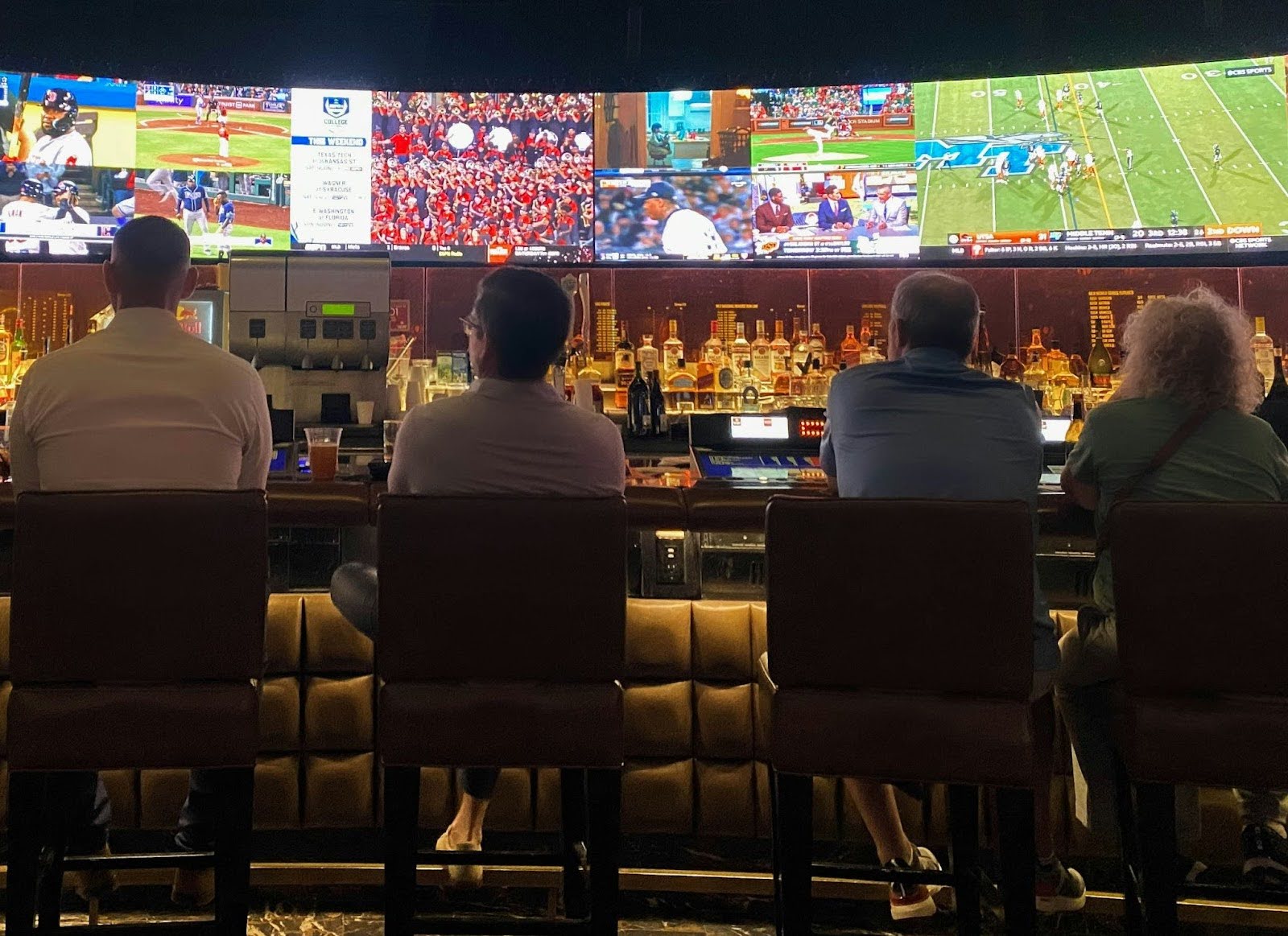
|
Historical betting odds play an important role in sportsbooks' strategies. Analyzing previous trends helps the bookies to gain insights for a better understanding of how betting lines have moved in response to various factors. These include betting volumes, betting responses to player injuries, and other news that could affect the outcome of matches.
And with the emergence of AI-supplemented analysis, sportsbooks can use machine learning models to quickly parse historical trends to improve line and spread accuracy, offer more attractive pricing, and refine their betting algorithms. They also create data-driven pricing models using advanced technology to interrogate historical trends and provide more accurate betting lines.
The Overround Strategy
Sports betting isn't legal in all US states, but it is legal in the Sunshine State, so we can use sportsbooks in Florida as examples. These (and all) sportsbooks use a method known as an “overround” to build in a margin on every betting market. This means that they don't offer real odds that accurately reflect the true outcome probabilities. Their odds are not proper mathematical representations. Rather, the overround skews things in favor of the bookies by ensuring that the total implied odds are more than 100%. Thus, the excess margin ensures that the bookies constantly make a profit over the long term. It's the same as a casino's house edge.
Analytical Applications of Historical Data
They move further away from solid statistics when setting the odds by taking all manner of extraneous possibilities into account. This includes historical data on team or individual performance, betting market activity, and, importantly, public sentiment. This is why you'll often see the odds shortening on the weaker team in the contest, when they clearly don't stand much chance.
It's often because loyal and optimistic fans of the team have placed long-shot bets on a win, which will produce a handsome payout. The more people who place bets on the underdog, the shorter the odds become, so should there be an upset, the sportsbooks won't take an absolute bath. Conversely, bookmakers can profit from this kind of unbalanced betting by offering less favorable odds on popular teams to improve their margins. Analyzing historical data can provide useful insights as to which method works best in specific situations.
Huge Wins Against All Odds
Still, none of this can guarantee that a lucky punter won't place a small bet on a big outsider and walk away with a massive payout. Some of the most famous examples include a UK bettor who put the equivalent of a 40c bet on Bayern Munich winning the European Champions League, at odds of 1.6 million to 1. The team won on penalties, netting him a whopping $670,000. In the US, a sports fan placed a mere $5 on an NFL parlay requiring 15 separate picks. She hit everyone and pocketed $105,000. While such wins are rare, they're extremely costly to sportsbooks, so they carefully scrutinize these unicorns from the past to ensure that they can offset potential payouts like this against losing bets that profit them.
Granular Historical Data Application
The sportsbooks also use historical data to understand performance patterns in each sporting league where they offer betting. From the heights of the NFL and MLB to minor league games, they apply modern technology and predictive analysis techniques to create betting frameworks at the beginning of the season, allowing people to bet on outcomes months in advance. This kind of historical analysis helps the bookies retain their margin, even if things play out differently from their predictions. They then use real-time data feeds to adjust odds for each match as the season unfolds.






